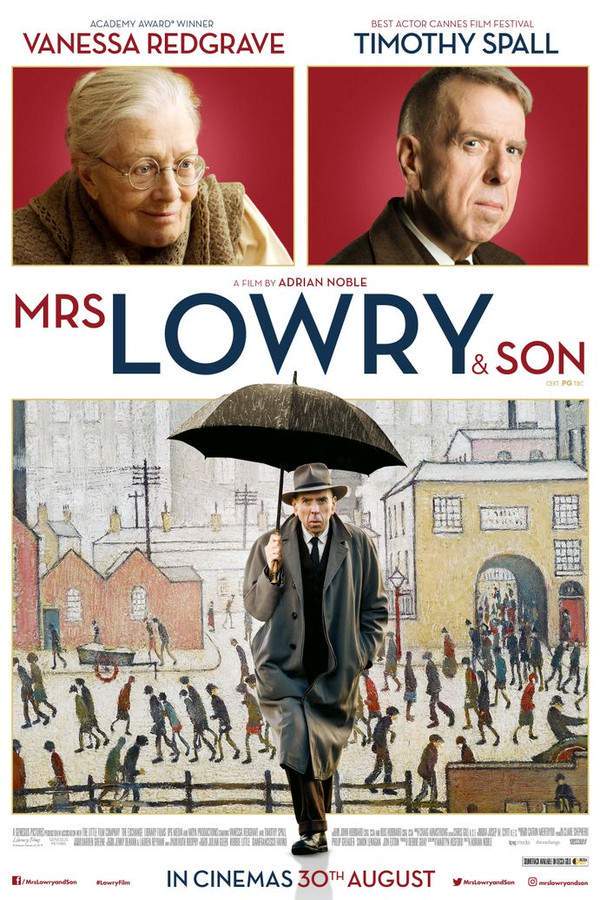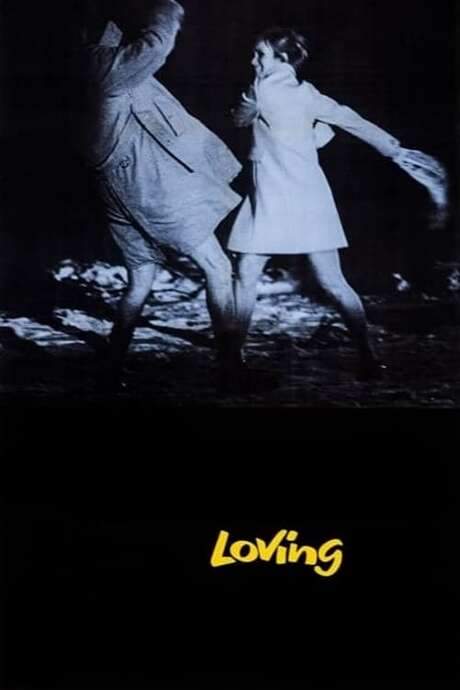
Sons and Lovers
Year: 1960
Runtime: 103 mins
Language: English
Director: Jack Cardiff
The son of a working‑class British mining family dreams of becoming an artist, but his passionate affair with an older, married woman from the town ignites the fury of his kind yet possessive mother, forcing him to choose between his creative aspirations and family loyalty amid the harsh mining community.
Warning: spoilers below!
Haven’t seen Sons and Lovers yet? This summary contains major spoilers. Bookmark the page, watch the movie, and come back for the full breakdown. If you're ready, scroll on and relive the story!
Sons and Lovers (1960) – Full Plot Summary & Ending Explained
Read the complete plot breakdown of Sons and Lovers (1960), including all key story events, major twists, and the ending explained in detail. Discover what really happened—and what it all means.
Gertrude Morel, Wendy Hiller is a restless East Midlands housewife trapped in a bitter marriage to Walter Morel, Trevor Howard a coal miner whose heavy drinking and occasional outbursts cast a shadow over their home. She pins her hopes on her son Paul, Dean Stockwell a gifted artist whose dream of a different life is routinely mocked by his father. Paul longs for escape, but his mother’s possessiveness and Miriam Leivers, Heather Sears, an intelligent and morally conflicted neighbor, complicate his path. Miriam is torn between her feelings for Paul and her mother’s belief that sex and desire are unseemly, a tension that casts a chill over their budding relationship. Mrs Leivers, Rosalie Crutchley, looms in the background as the moral voice that temperates Miriam’s impulses.
Arthur Morel dies in a mining accident, and the family is further unsettled when William Morel, William Lucas, the eldest son, returns for the funeral and reveals he is engaged to a woman from an affluent family — a lively, light-hearted contrast to Gertrude’s intensity and to the family’s intellectual aspirations. This news highlights the widening gap between the life Paul might lead and the world he grows up in.
When a sketch of his father is exhibited in Nottingham, a wealthy art patron initially dismisses it, only to return later with a surprising offer: funding for Paul to study art in London, recognizing the raw potential that lies beneath the tense surface of the Morel household. Excited by this possibility, Paul shares the news with Miriam, who, however, rejects his physical advances, foreshadowing the complications to come. Back home, a violent confrontation between Paul’s parents deepens his sense of duty and fear, and he decides to forgo the London opportunity because he cannot bear to leave his mother alone with his volatile father.
Paul takes a job in a local lace factory, where he becomes entangled with Clara Dawes, Mary Ure, a liberated feminist who is separated from her husband, Baxter Dawes, Conrad Phillips. Though Paul continues to see Miriam, his passion begins to tilt toward Clara. The affair intensifies, yet Paul never fully commits, partially because his mother’s emotional hold makes the prospect of departure feel unbearable.
Baxter Dawes confronts Walter in a pub, warning him to keep Paul away from Clara. Walter’s bitterness grows as he blames Gertrude’s clinginess for his inability to have a normal life with his son, while Gertrude maintains that all she ever wanted was Paul’s happiness. The tension erupts in a physical fight, leaving Baxter injured, and Clara decides to return to Baxter to nurse him back to health, pulling Paul further from the life he imagined with Clara.
Gertrude’s health falters, and one evening Paul returns to find that she has suffered a heart attack. She declares she no longer wishes to see Walter, choosing to remember the days when their love briefly burned rather than the present bitterness. She dies early the next morning, and Walter urges Paul to seek happiness in London, a tacit plea to break free from the suffocating cycle of dependency.
On a walk in the woods, Paul encounters Miriam again. They learn that both are bound for London — Paul to study art, Miriam to train as a teacher — and Miriam suggests they marry so she can care for him. Paul, however, rejects the proposal, explaining that after the weight of his mother’s hold, he wants to remain free to discover what it truly means to live.
what it means to live.
Last Updated: October 07, 2025 at 08:38
Unlock the Full Story of Sons and Lovers
Don't stop at just watching — explore Sons and Lovers in full detail. From the complete plot summary and scene-by-scene timeline to character breakdowns, thematic analysis, and a deep dive into the ending — every page helps you truly understand what Sons and Lovers is all about. Plus, discover what's next after the movie.
Sons and Lovers Timeline
Track the full timeline of Sons and Lovers with every major event arranged chronologically. Perfect for decoding non-linear storytelling, flashbacks, or parallel narratives with a clear scene-by-scene breakdown.

Similar Movies to Sons and Lovers
Discover movies like Sons and Lovers that share similar genres, themes, and storytelling elements. Whether you’re drawn to the atmosphere, character arcs, or plot structure, these curated recommendations will help you explore more films you’ll love.
Explore More About Movie Sons and Lovers
Sons and Lovers (1960) Scene-by-Scene Movie Timeline
Sons and Lovers (1960) Movie Characters, Themes & Settings
Sons and Lovers (1960) Spoiler-Free Summary & Key Flow
Movies Like Sons and Lovers – Similar Titles You’ll Enjoy
Mrs. Lowry & Son (2019) Plot Summary & Ending Explained
Harry & Son (1984) Story Summary & Characters
Sons & Lovers (2003) Ending Explained & Film Insights
My Son (2006) Full Movie Breakdown
Sons (2006) Plot Summary & Ending Explained
Sons and Lovers (1981) Movie Recap & Themes
The Young Lovers (1964) Detailed Story Recap
The Lovers (1958) Film Overview & Timeline
Women in Love (1969) Full Movie Breakdown
Lovers Courageous (1932) Full Summary & Key Details
My Lover, My Son (1970) Plot Summary & Ending Explained
Saturday Night and Sunday Morning (1960) Spoiler-Packed Plot Recap
Loving (1970) Plot Summary & Ending Explained
Fathers and Sons (1959) Ending Explained & Film Insights
My Son, My Son! (1940) Story Summary & Characters

















